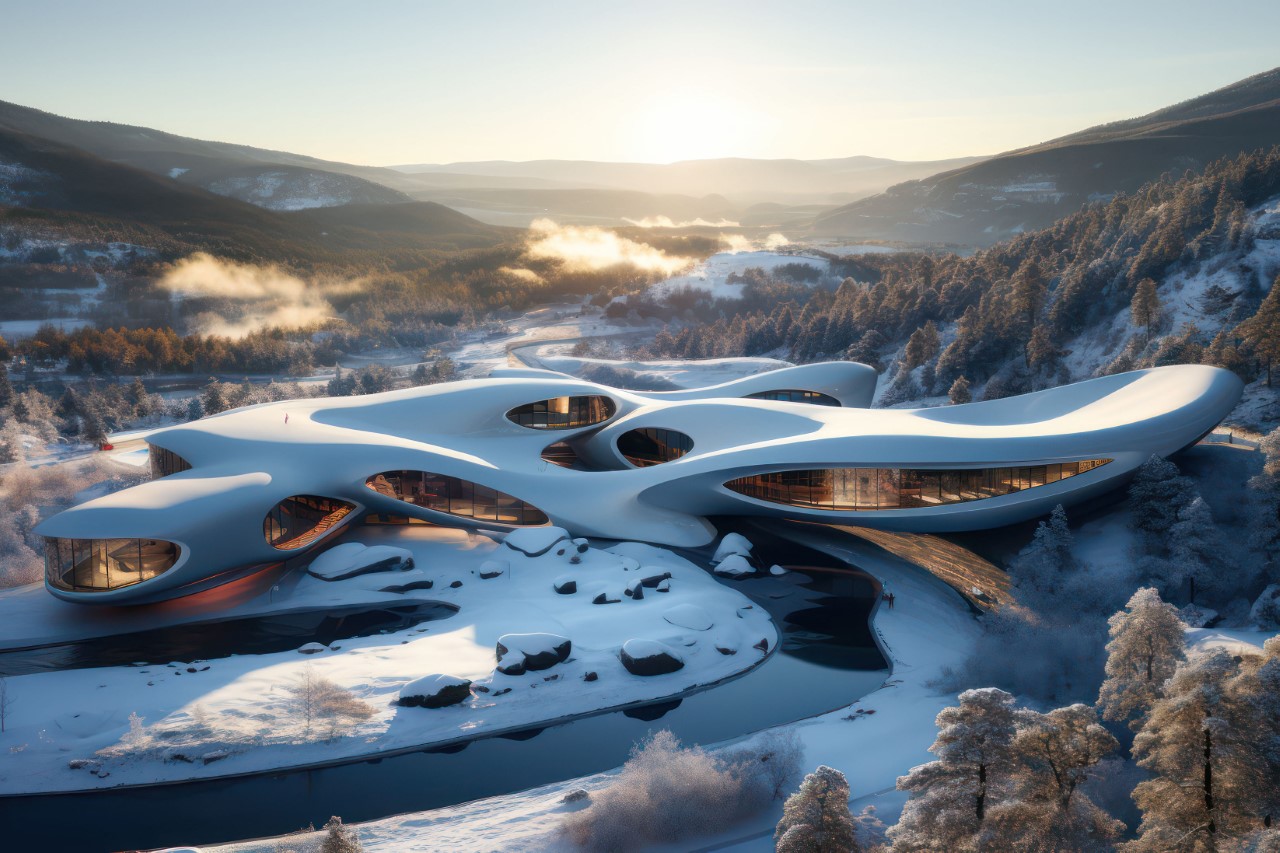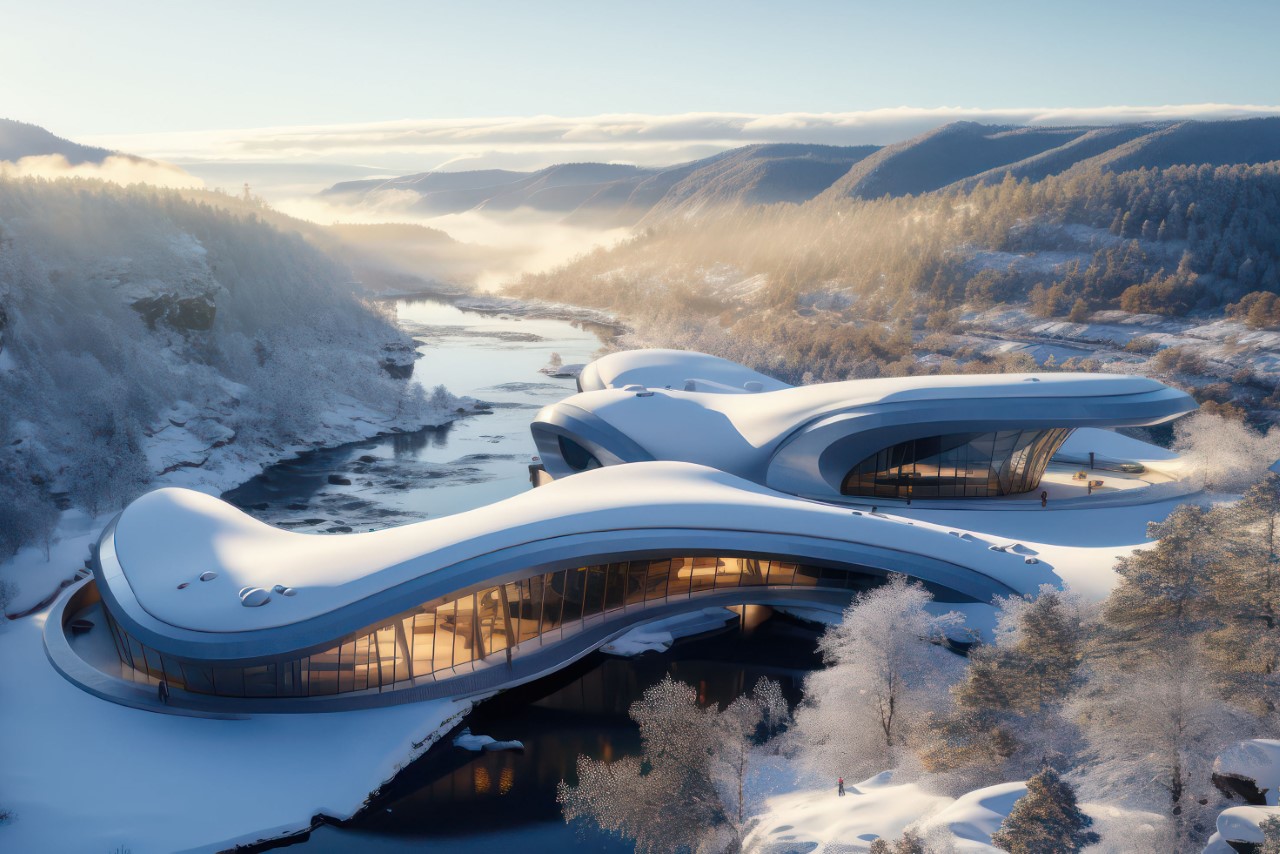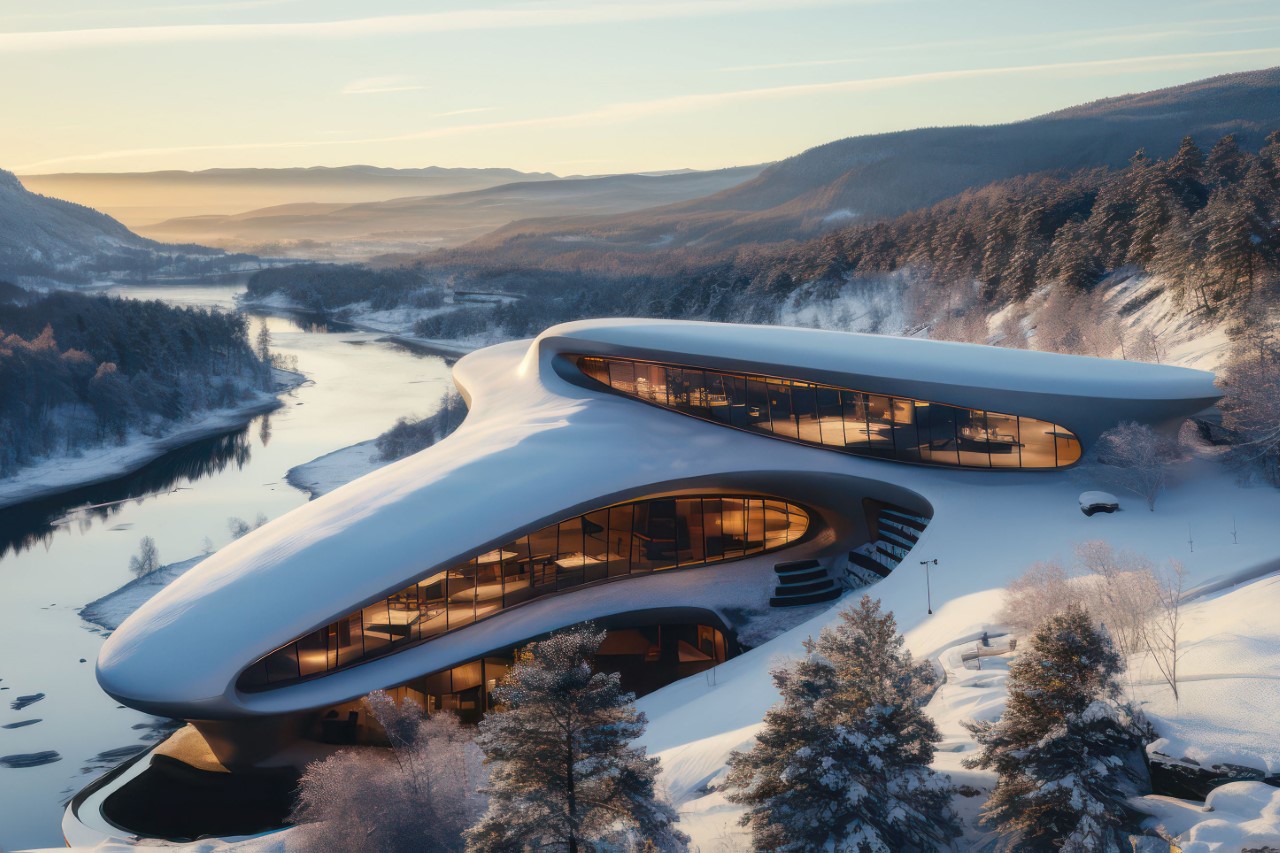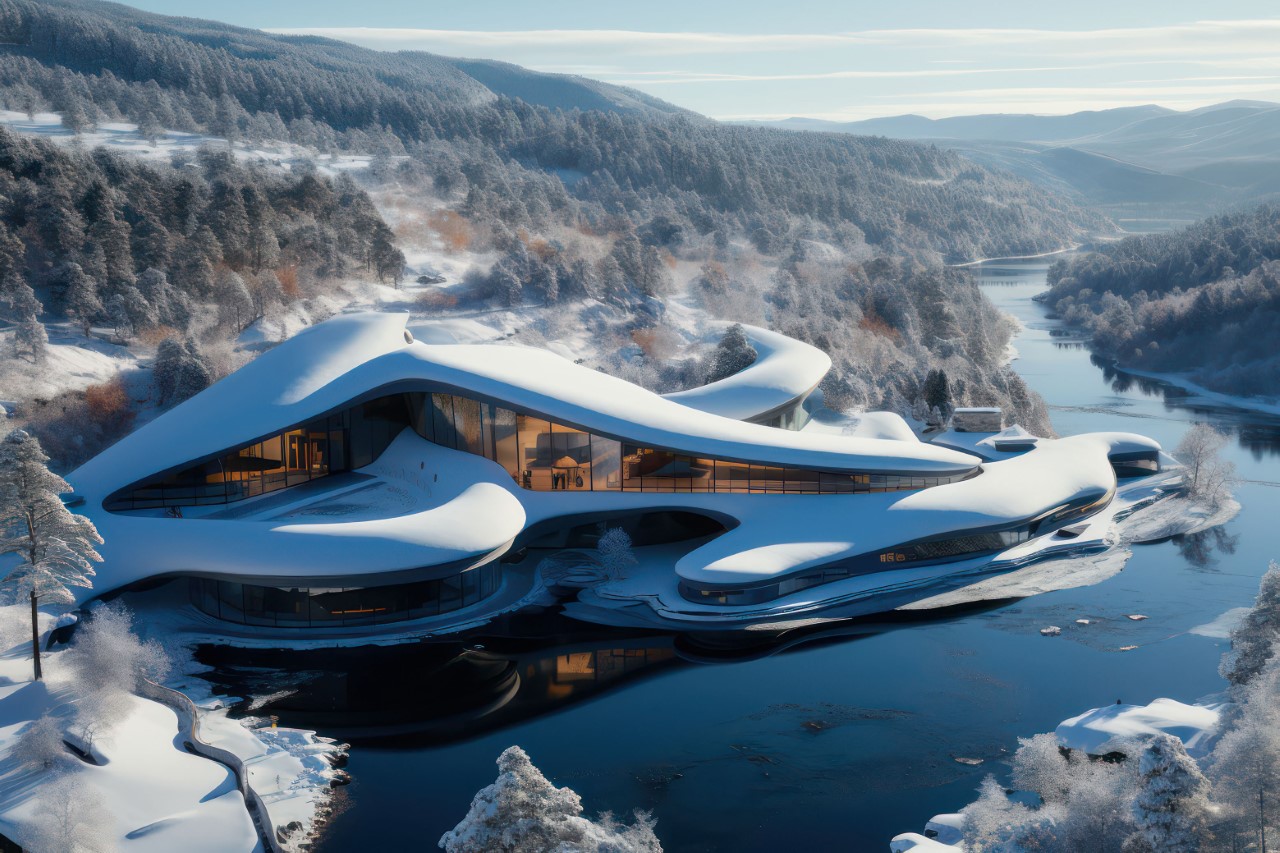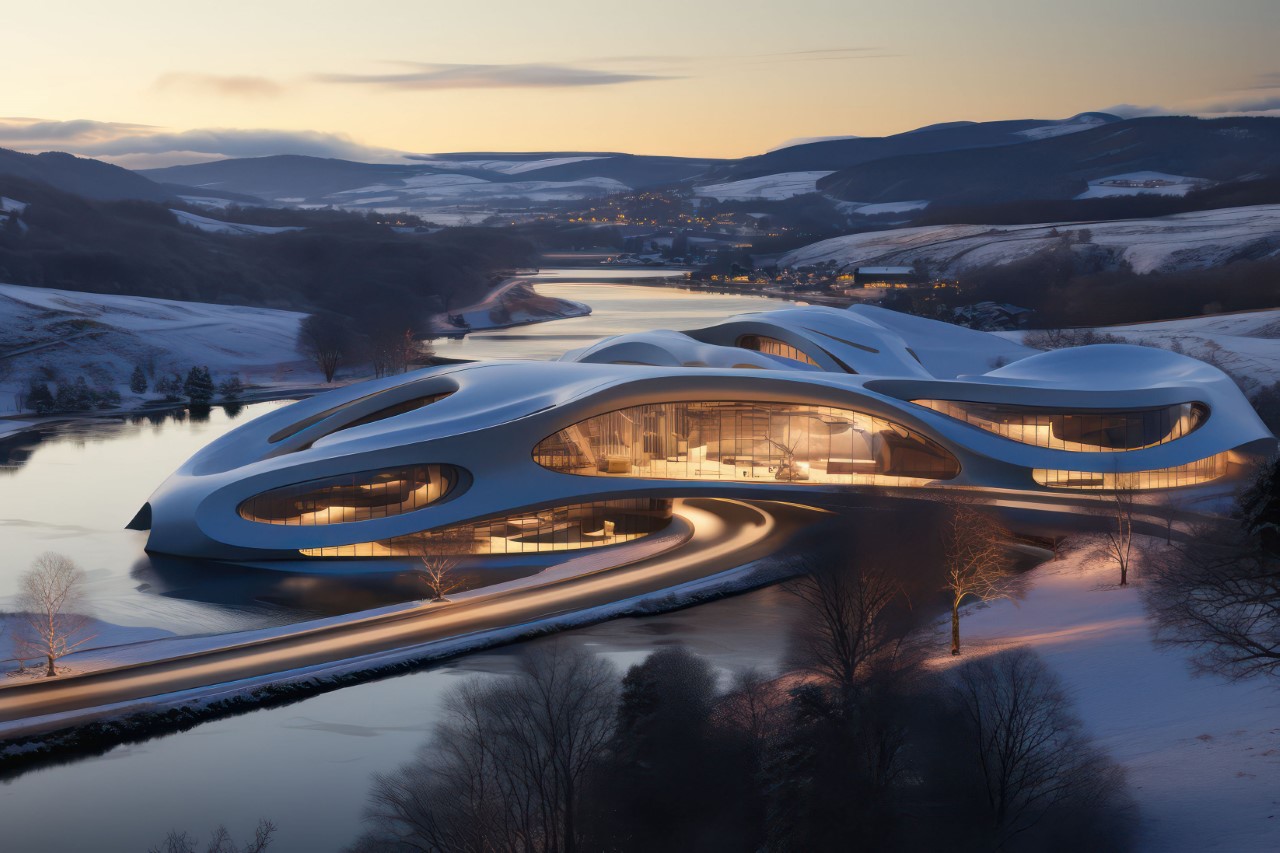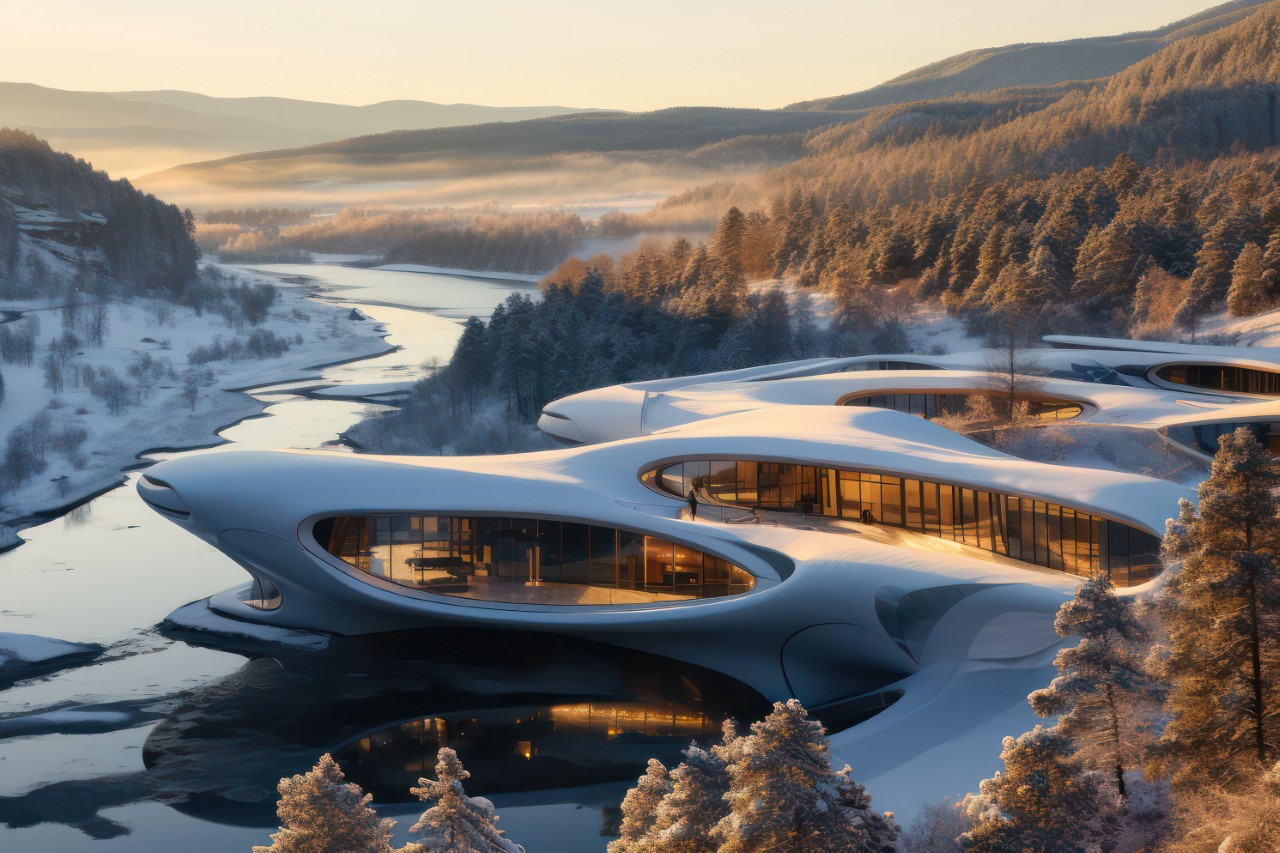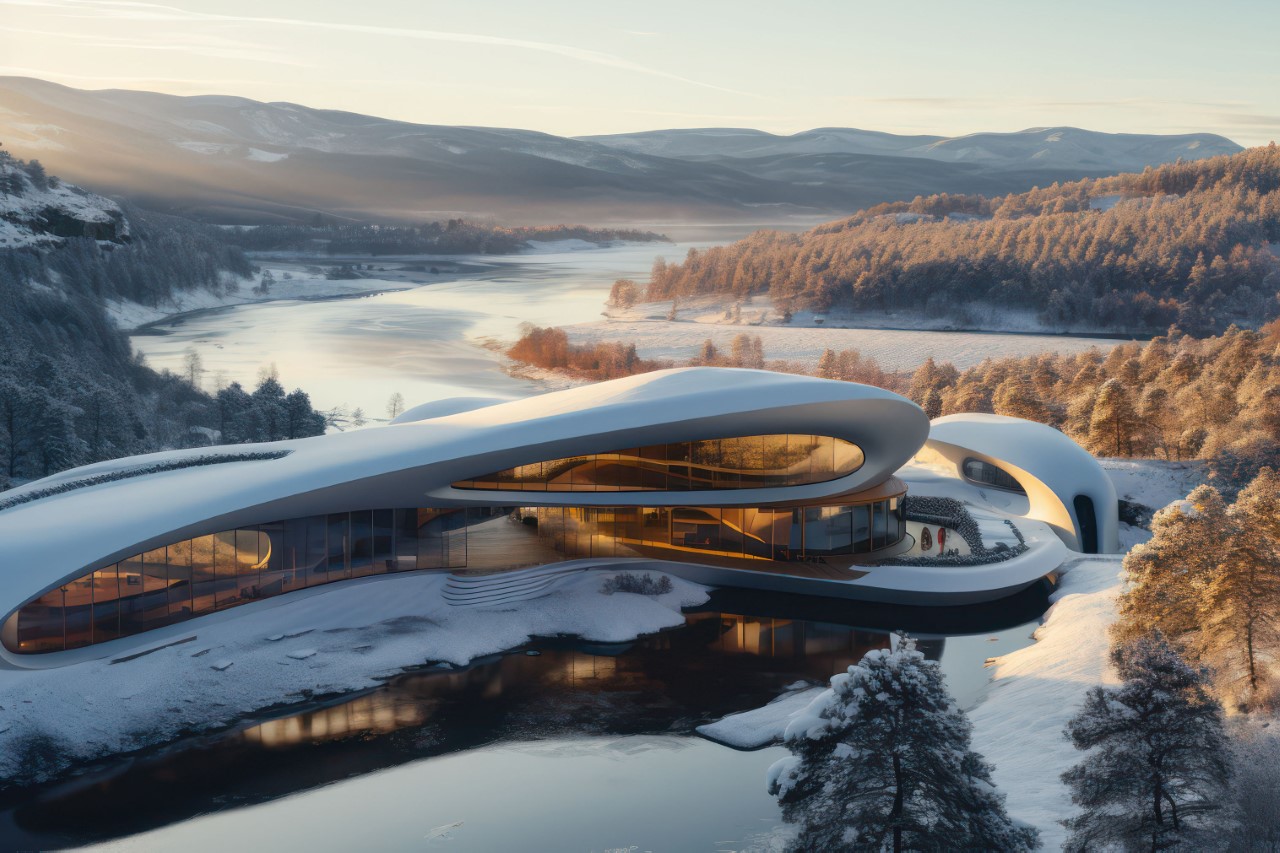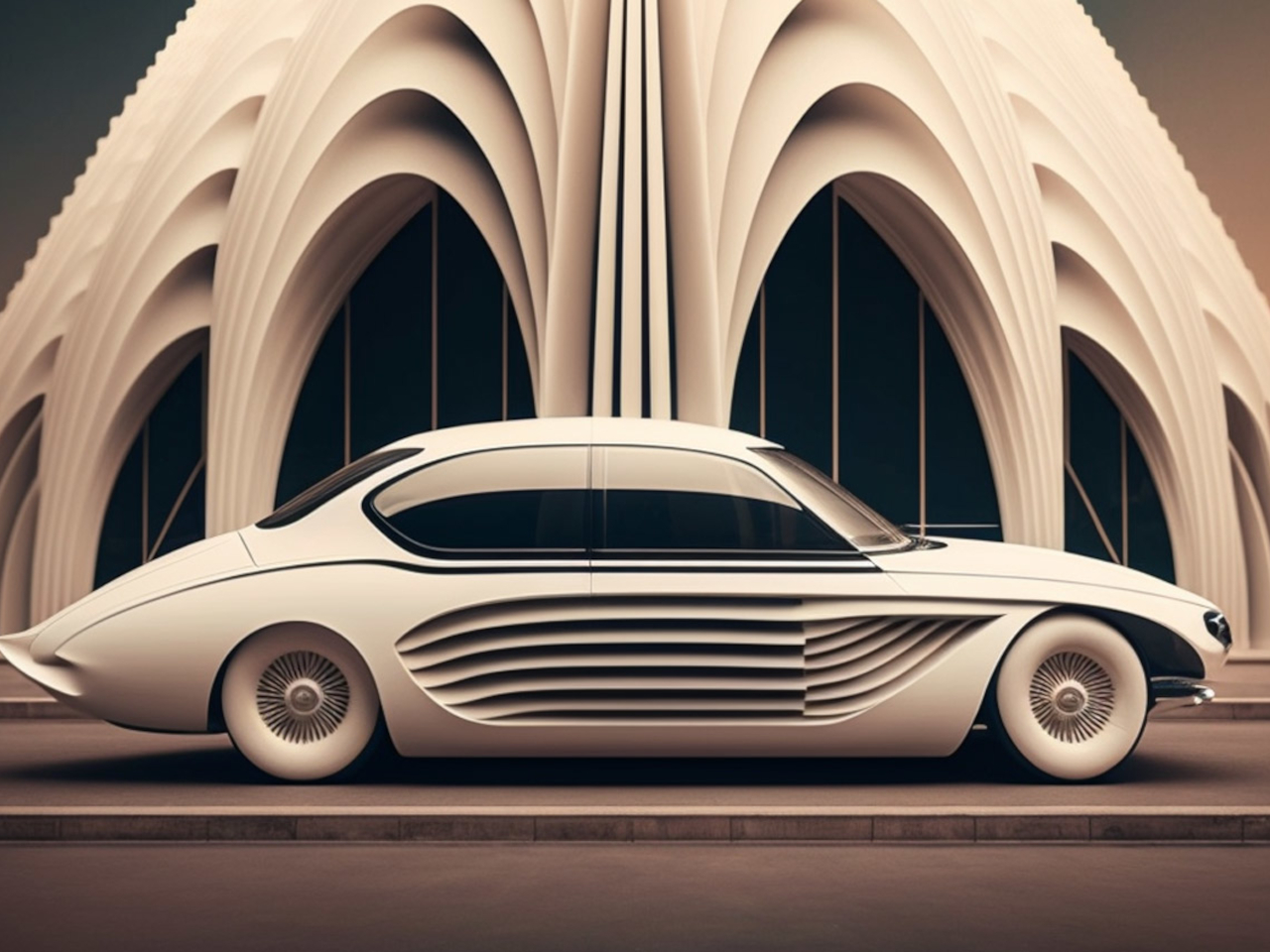
Artificial intelligence is stirring discussions within the creative realm. Regardless of where one stands on the “debate,” the democratization of graphic design, product concepts, and digital creativity spans diverse domains, and Artificial Intelligence is shaping various sectors. Certain AI tools not only enhance efficiency but also drive innovation. These inventive tools are capturing significant attention due to their remarkable impact. Although AI-generated designs might spark debate, some designers are harnessing their potential to shape unique interpretations of furniture, cars, shoes, mobiles, appliance aesthetics, and more.
Designer: Moss and Fog
1. Popping Car Designs
Moss and Fog have used the AI generator tool “Midjourney” to bring together automobile design and architecture to create car designs inspired by famous architectural designers of the 20th century. By employing an AI-image generator, they have infused the essence of architectural marvels from around the world into a four-wheel automobile design. The design studio’s curiosity was centered on delving into the idea of “Imagine if acclaimed architects embarked on car design?”

Hailing from Spain, Antoni Gaudi i Cornet was a champion of Catalan Modernism, showcased through his distinctly personalized works in the sui generis style. His creations predominantly grace Barcelona, with the iconic Sagrada Familia church standing as a prime example.
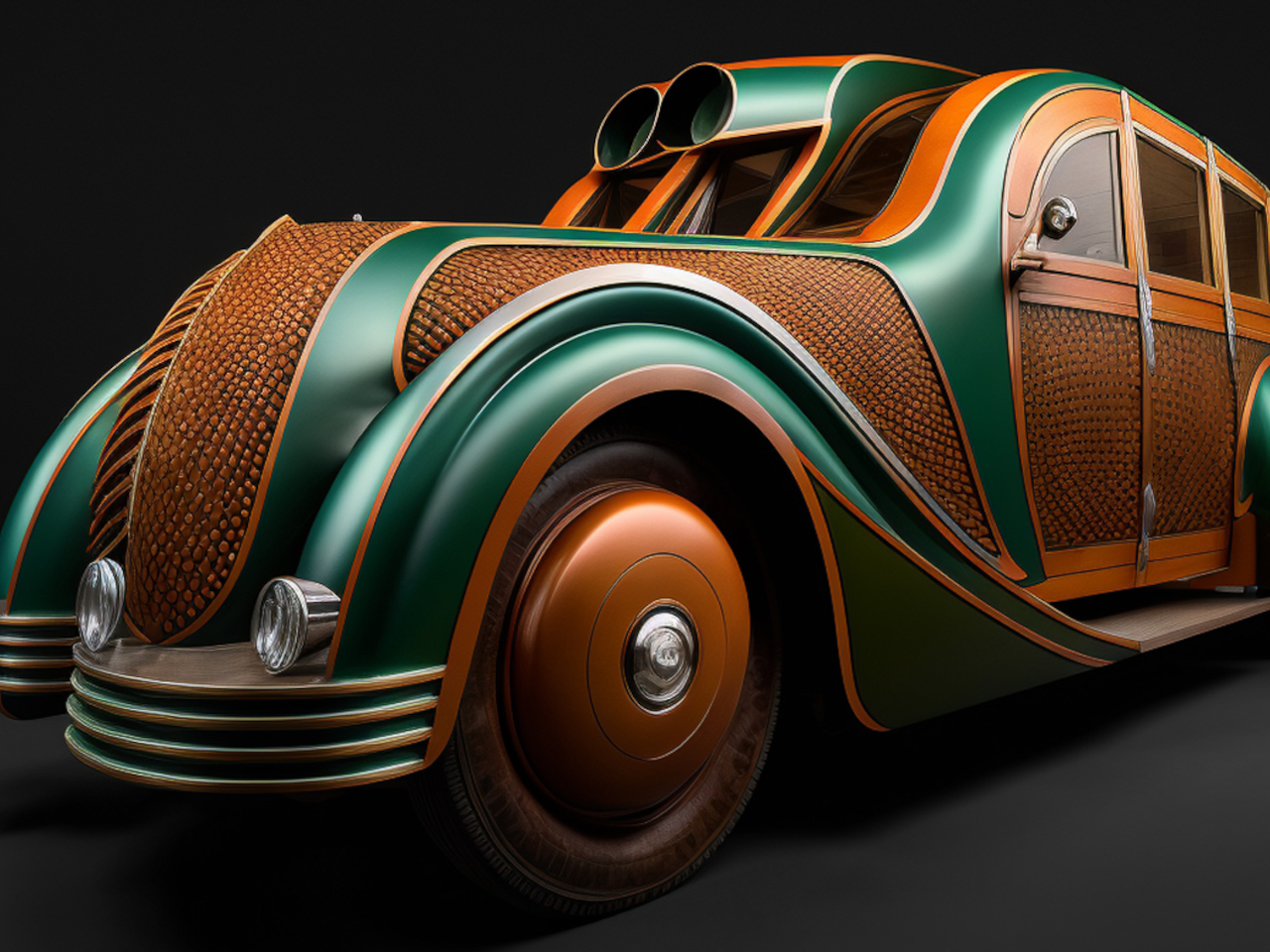
Recognized as the “foremost American architect in history” by the American Institute of Architects, Frank Lloyd Wright has revolutionized our perception of modern constructions. His portfolio includes a staggering 1,114 architectural marvels, of which he brought to life a remarkable 532.
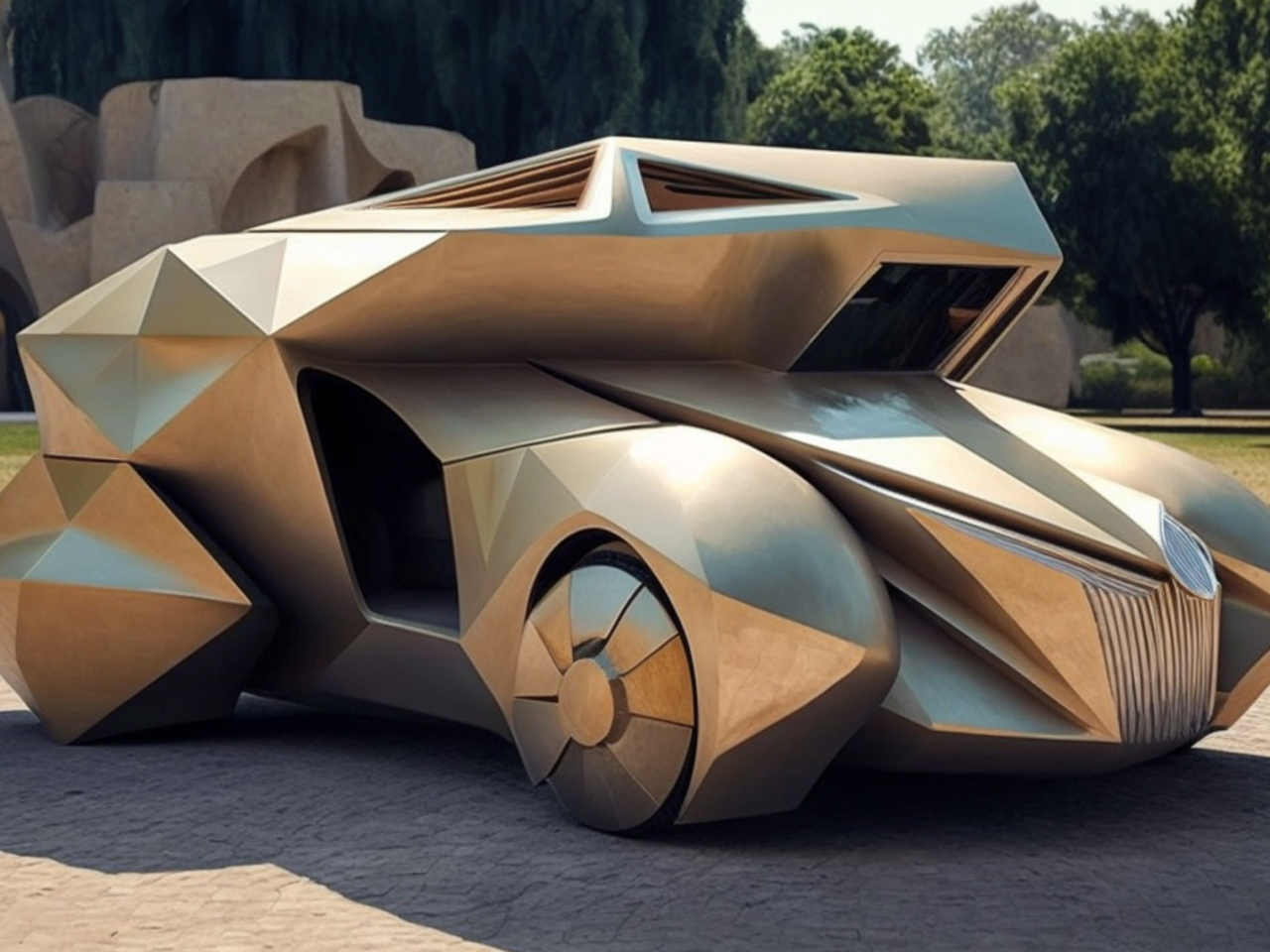
Frank Owen Gehry, a Canadian-American designer, has gained widespread acclaim for crafting some of the globe’s most iconic landmarks. His avant-garde approach to design is highly regarded within the architecture realm. In 2010, he was rightfully bestowed with the prestigious accolade of being named “the preeminent architect of our era” by the prominent Vanity Fair magazine.
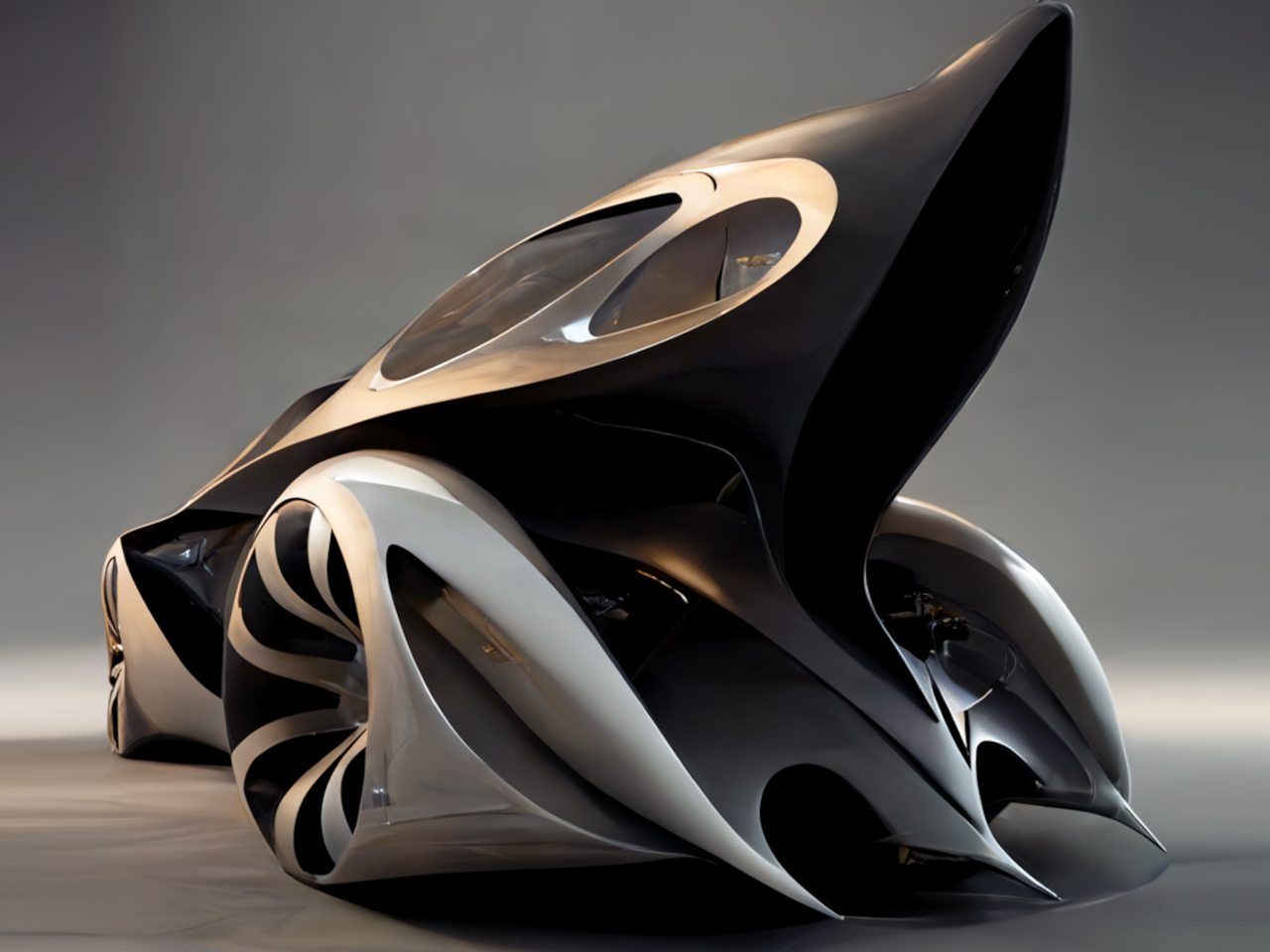
Paying homage to Zaha Hadid’s distinctive design vocabulary, this avant-garde vehicle embodies her iconic design style. The AI tool beautifully integrates the concept of abstracted layers, similar to the series of modular steel panels with remarkable precision.
2. Sports Bikes
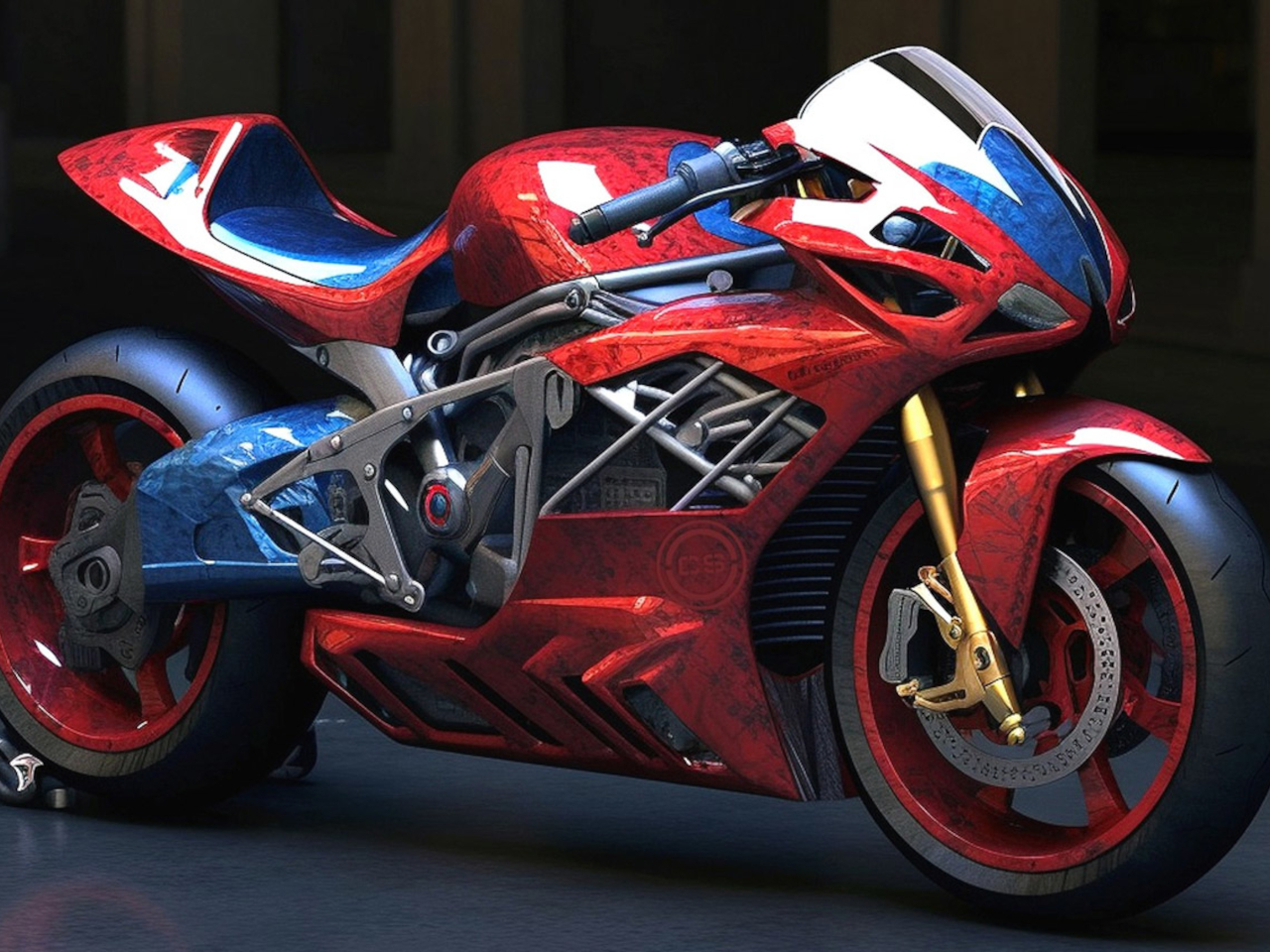

Designer: Coldstar Art
Shared among most superheroes is an iconic trait—an impressive set of wheels that elevates their heroic aura. Amid the enthusiasm for AI-crafted helmets and footwear, a latent aspiration lingered: a motorcycle seamlessly resonating with beloved superheroes. The AI-generated amalgamation of cars, crafted in renowned designers’ styles is a creative visualization of superhero sports bikes that have taken form, and the outcomes are truly astounding. The commendation largely rests on the Midjourney AI tool, collaboratively guided by the creator’s unique cues to generate the envisioned artwork.
3. Magic School Bus
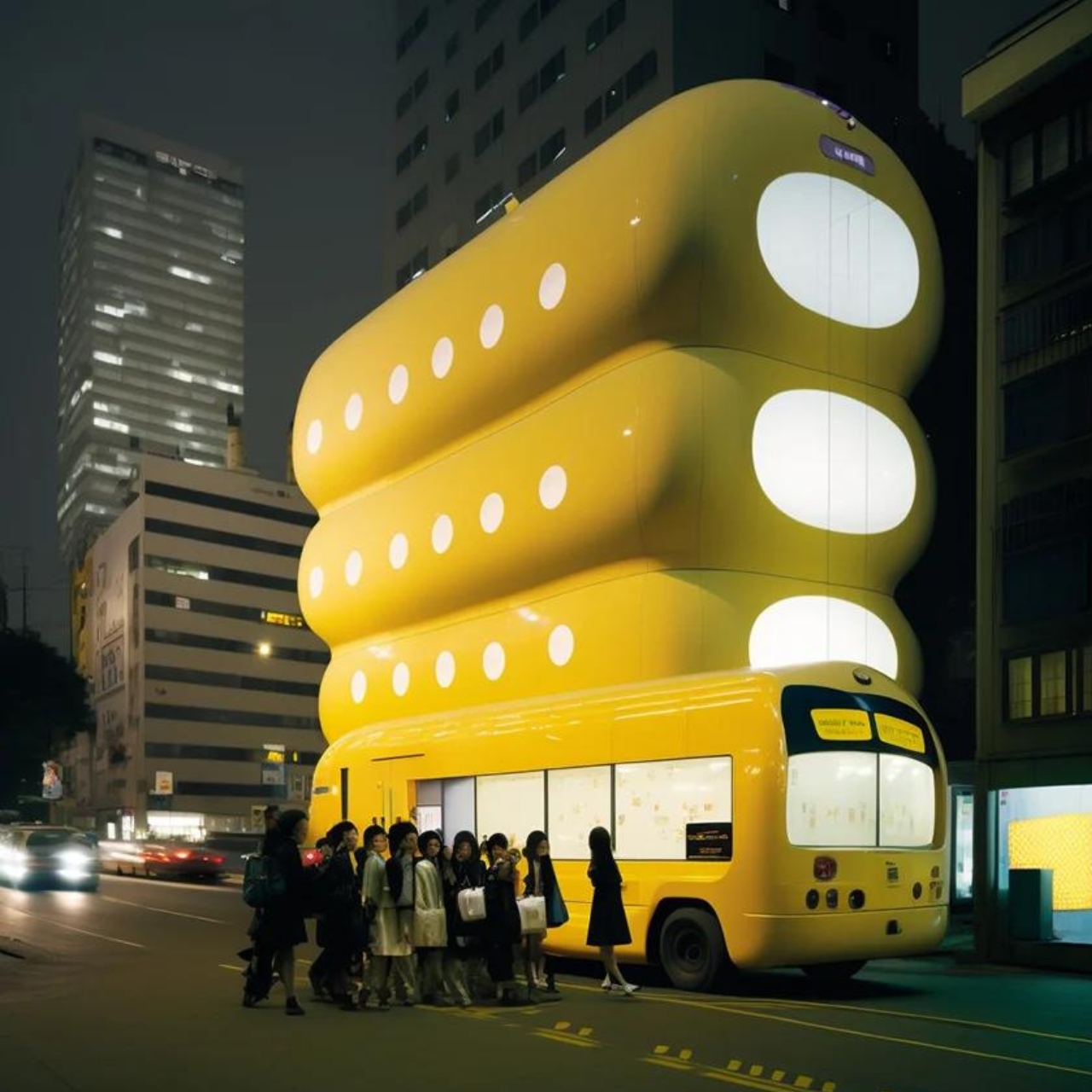
Designer: Shail Patel
Some interesting concepts have been shaped using Artificial Intelligence and some designers’ wild imagination, which may someday become reality. The Mutated School Bus was created with the help of the AI design tool Midjourney and is both playful and functional and offers a practical mode of transportation. The bus looks like a rolling classroom with its multi-story stacked bus structure with the signature yellow color while its vertical form is a combination of circular, oblong, and square windows and rooms, that is reminiscent of the look of Minions and transforms into a fun mobile school where children can study while going around the city.
4. Gaudi’s Home Appliances
Inspired by Catalan architect Antoni Gaudi, these household appliance designs use an AI image generator to mimic Gaudi’s aesthetics when applied to everyday items. The best part about these designs is that they resemble museum pieces and can infuse charm into the kitchen with their flowing contours and unique textured surfaces. These designs blend neo-gothic, art nouveau, and modernist styles from toasters and mixers to vacuum cleaners and coffee machines.
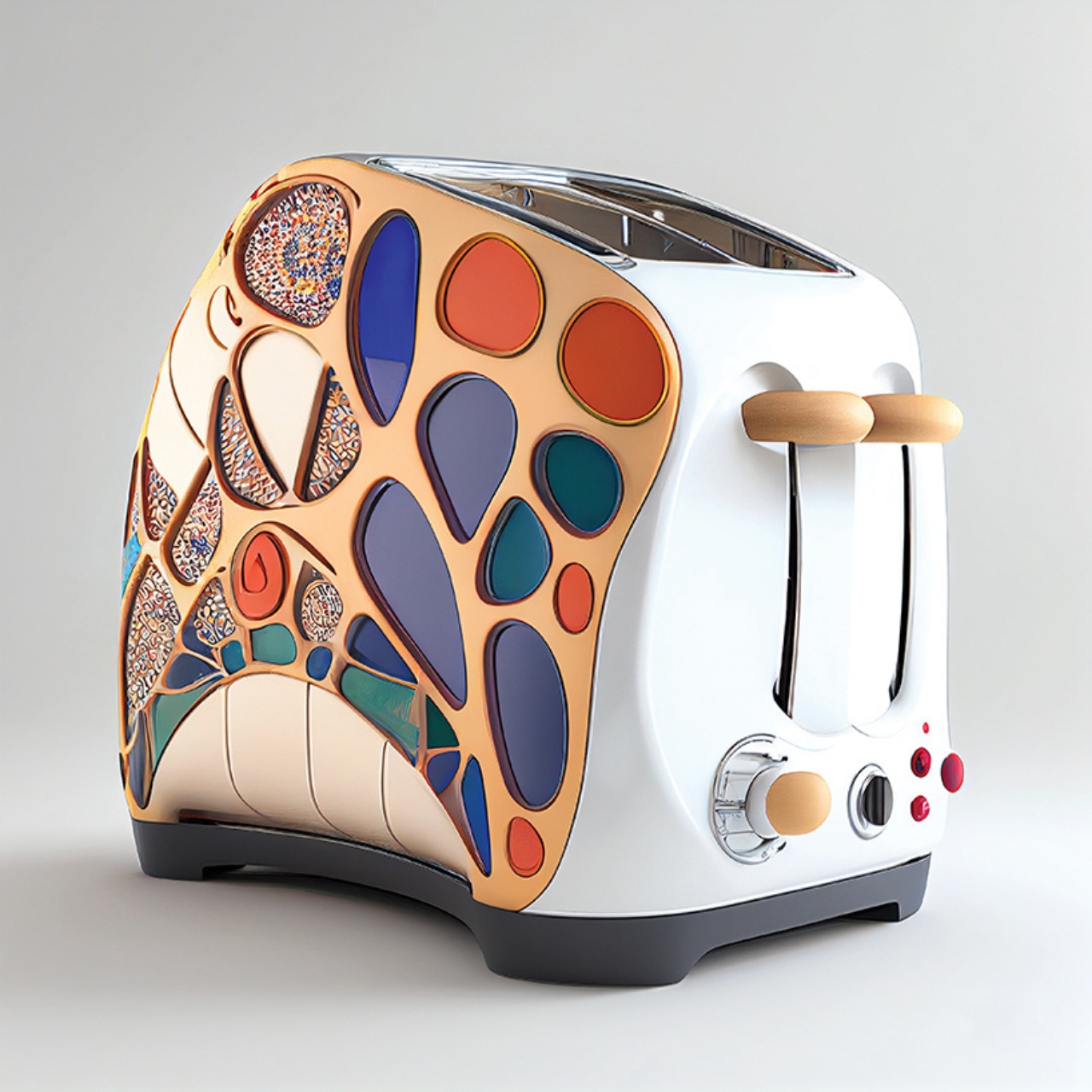
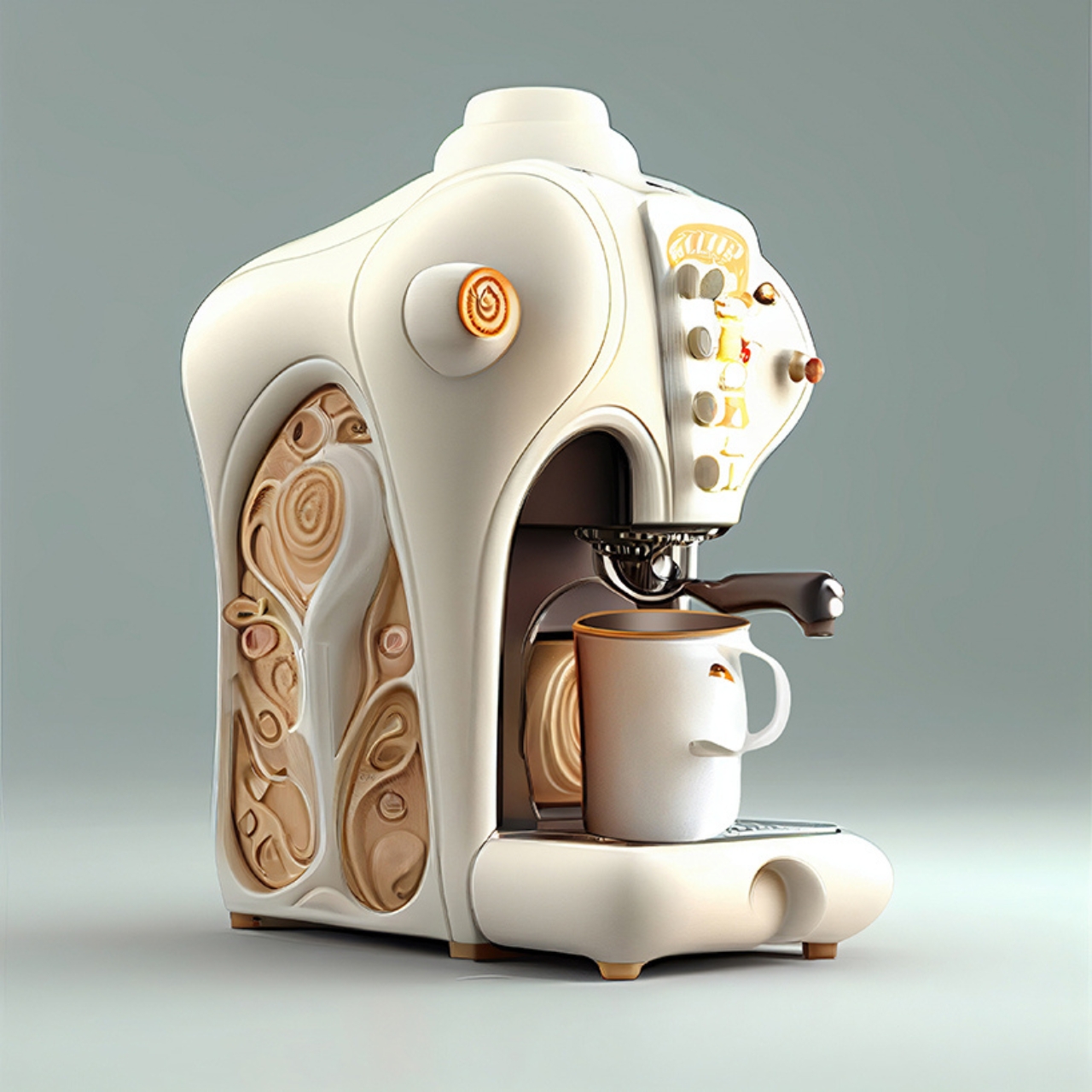
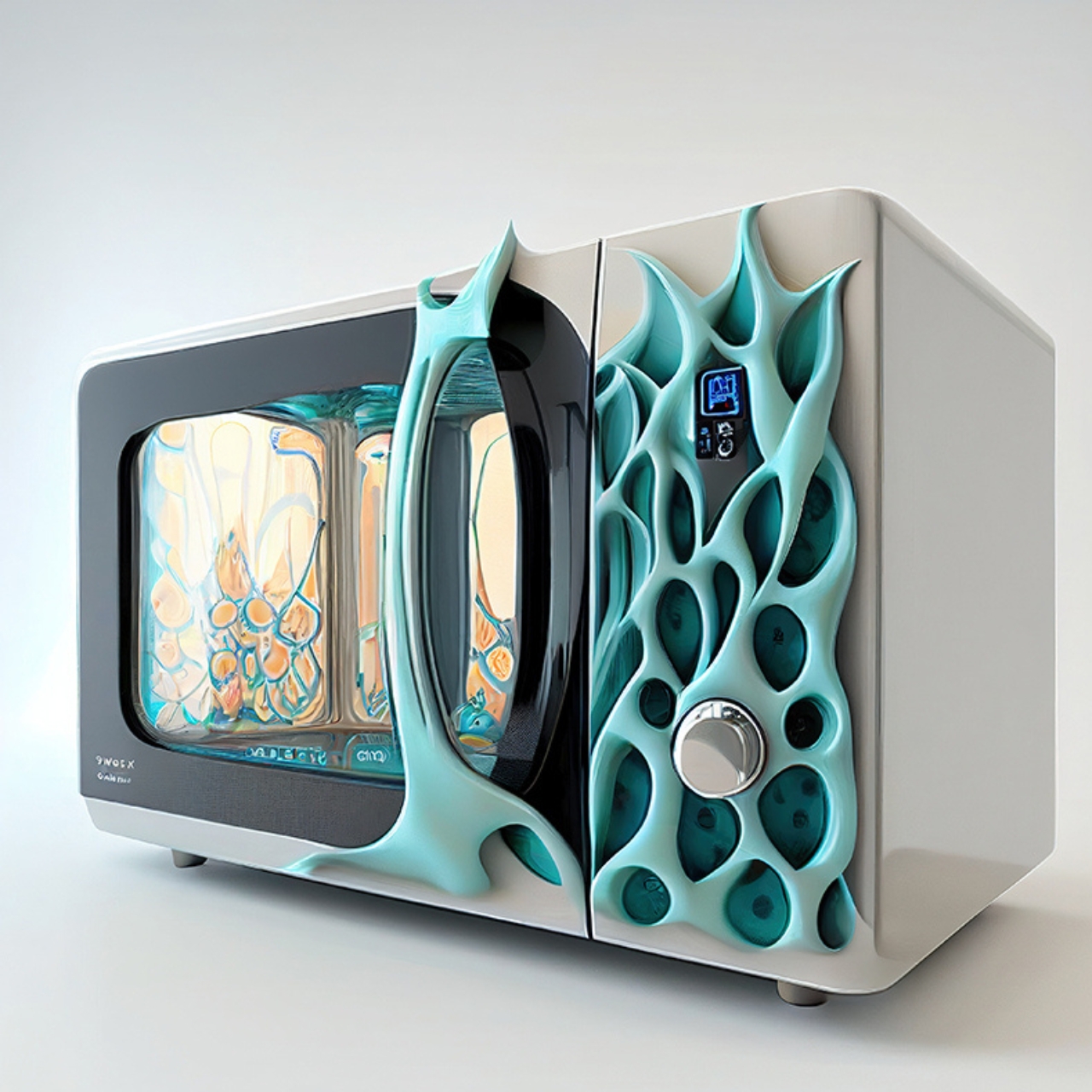
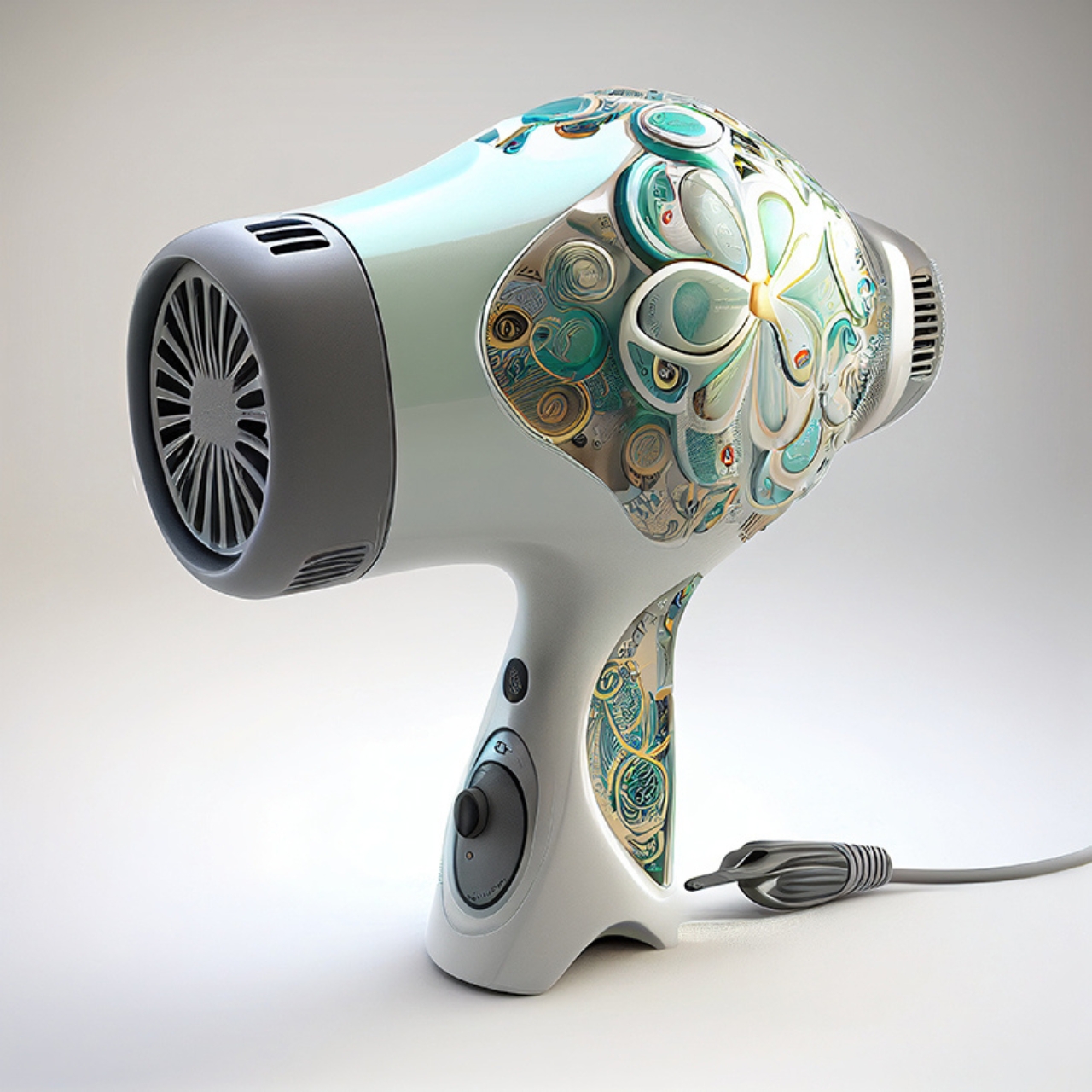
Designer: Marcus Byrne
5. Imagining Transparent Products
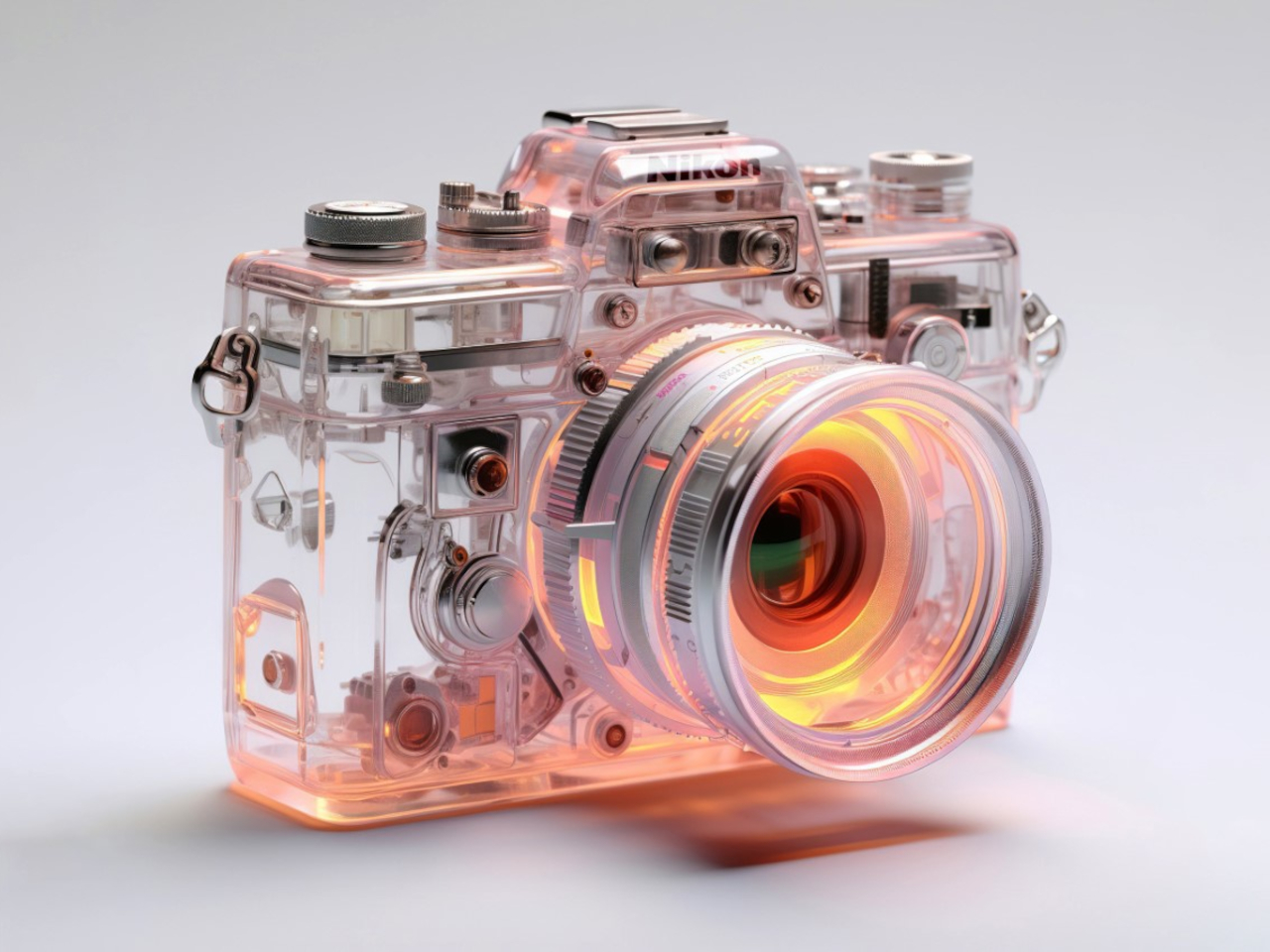
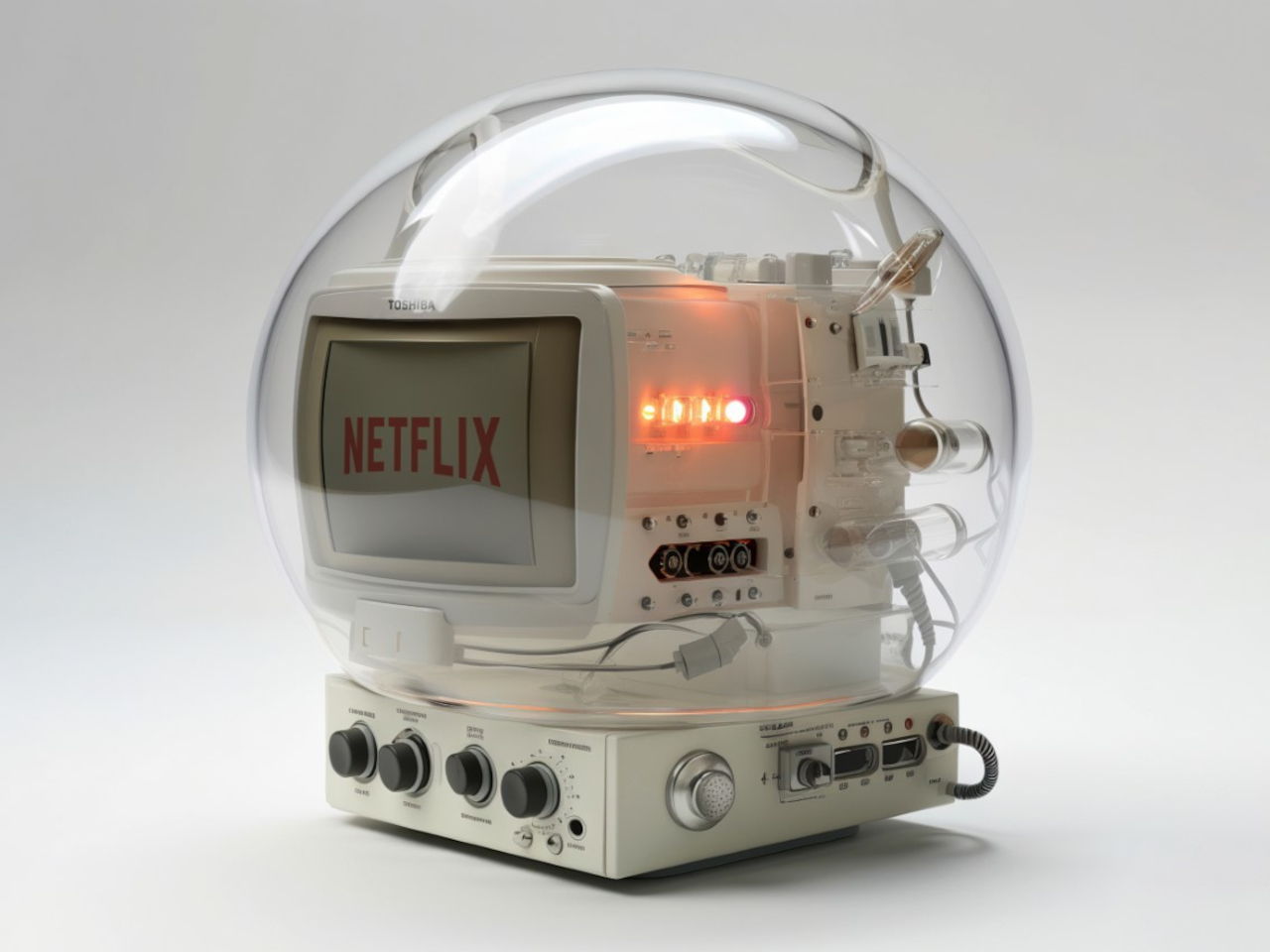
Designer: Vadim Sadovski
Vadim Sadovski’s ‘Alternate Reality Retrofuturism’ series envisions a realm where steampunk and transparency meld into dominant design themes. AI tools like Midjourney played a pivotal role in bringing these imaginings to life and each product within this collection features a captivatingly intricate and chaotic otherworldly aesthetic. While the series exudes a mesmerizing visual frenzy devoid of a defined pattern, its allure is unanimous. Yet, retrofuturism encompasses more than mere transparency. It’s an amalgamation of retro and futuristic elements, with exquisite creations that seem plucked from a parallel universe. Notable examples, such as the Macintosh computer and Netflix TV, epitomize the successful execution of retrofuturism, at least in the visual sense.
6. iPhones in Ancient Civilizations
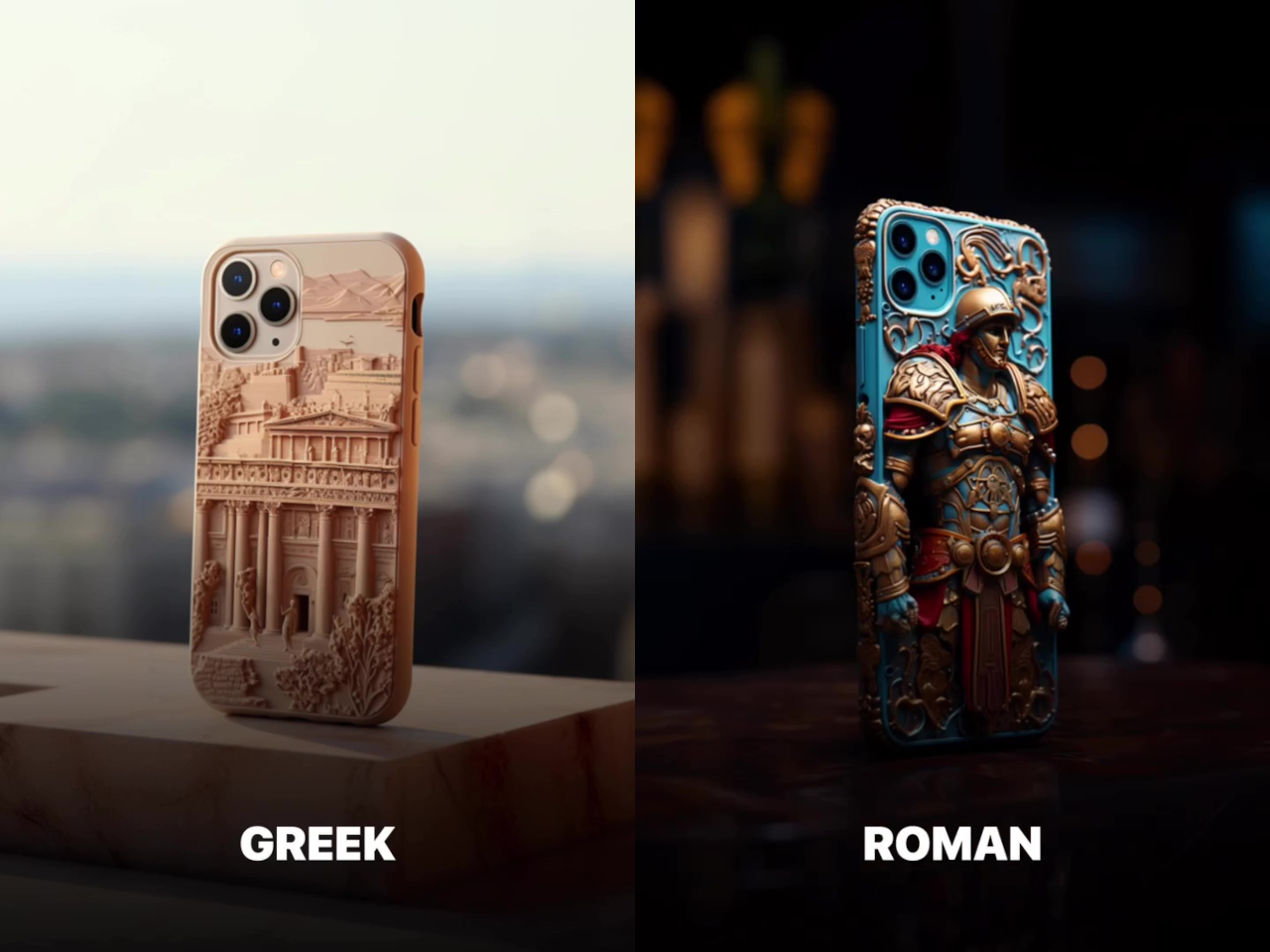
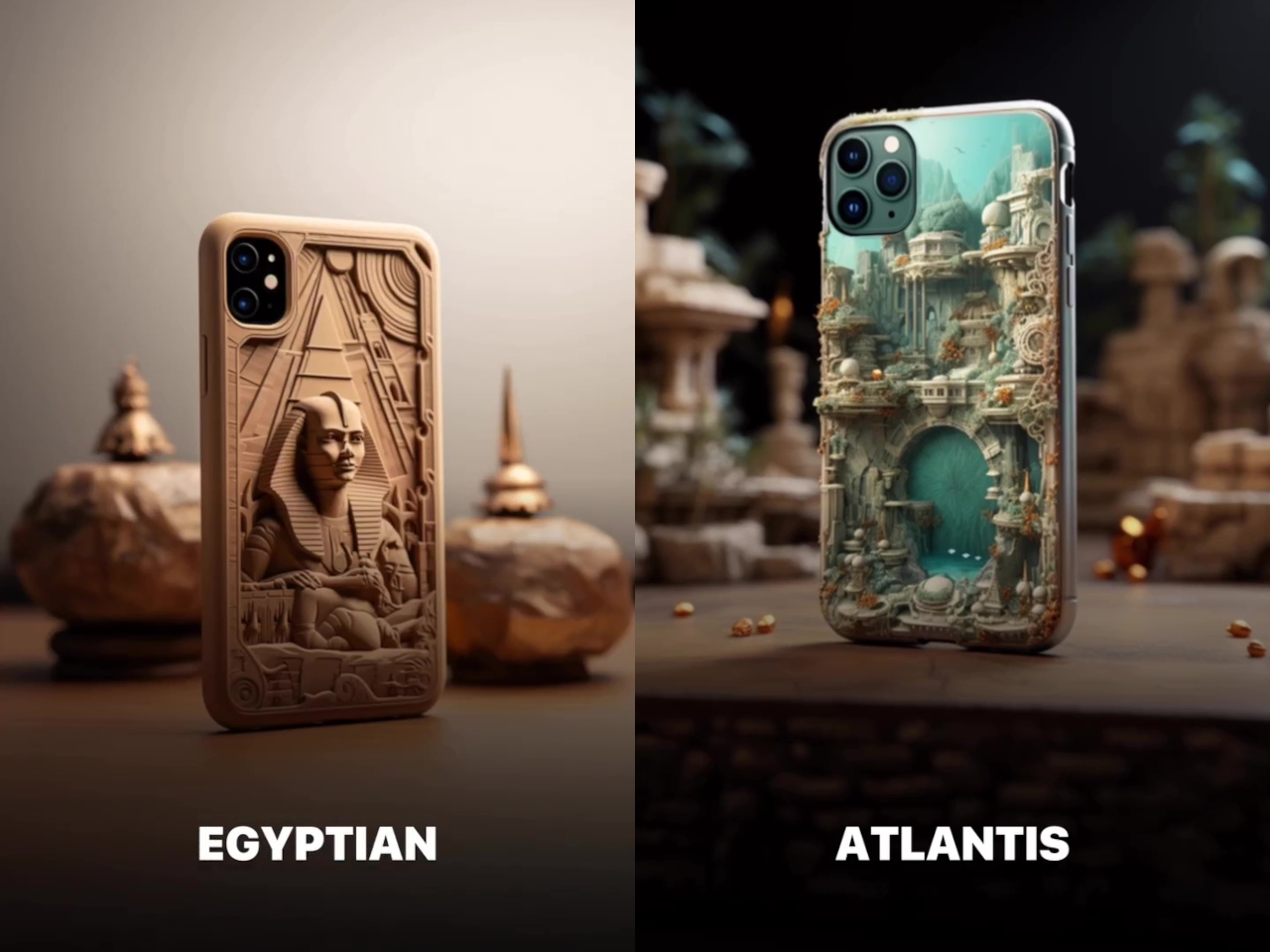
Designer: Niels (@appledsign)
The designs of these iPhones are deeply rooted in the echoes of our ancient civilizations. Each product encapsulates the fusion of form and function and pays homage to the timeless elegance and ingenuity of the past, drawing inspiration from cultures like the Roman, Greek, Egyptian, Chinese, and more.
7. Renaissance-inspired Mouse Designs
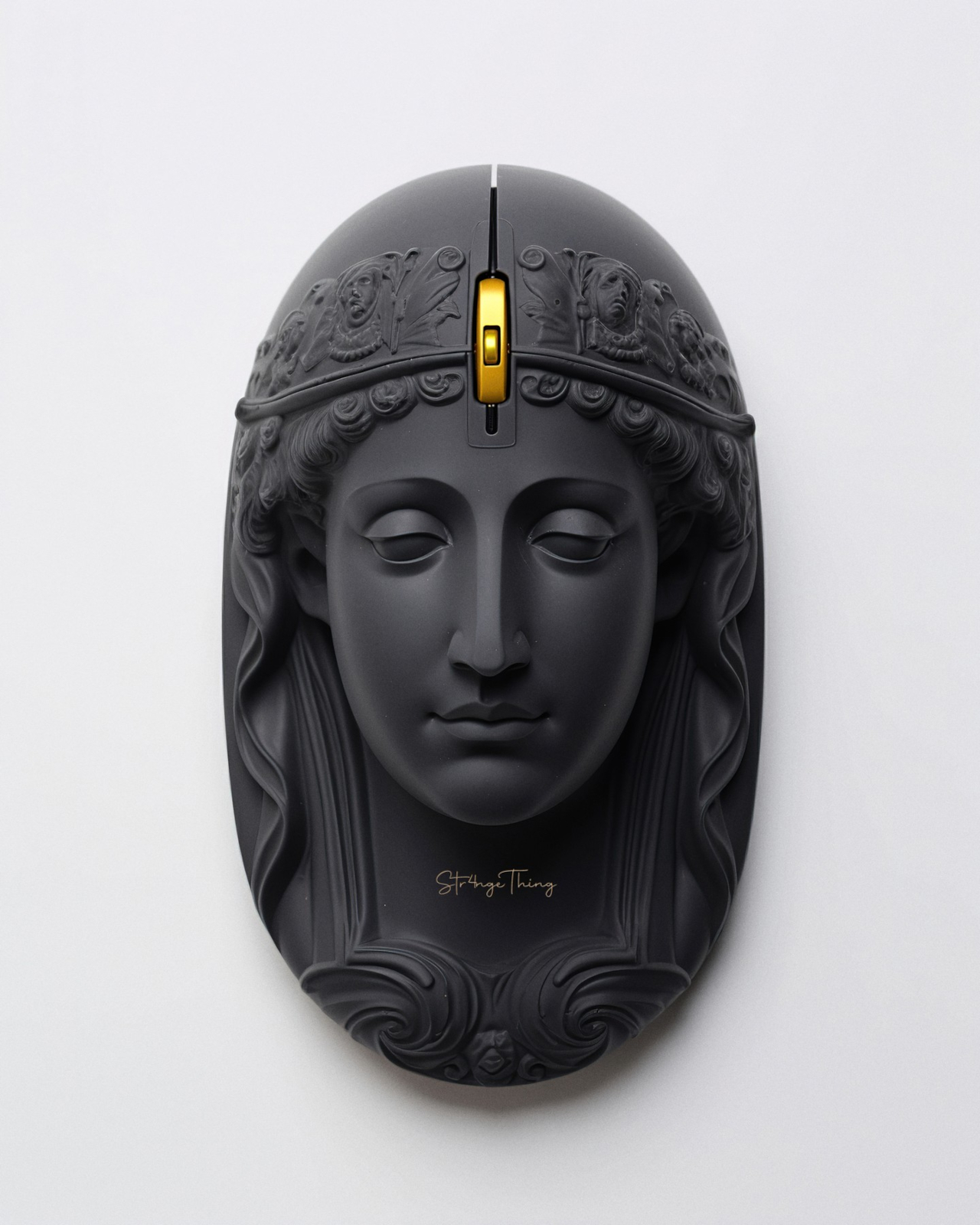
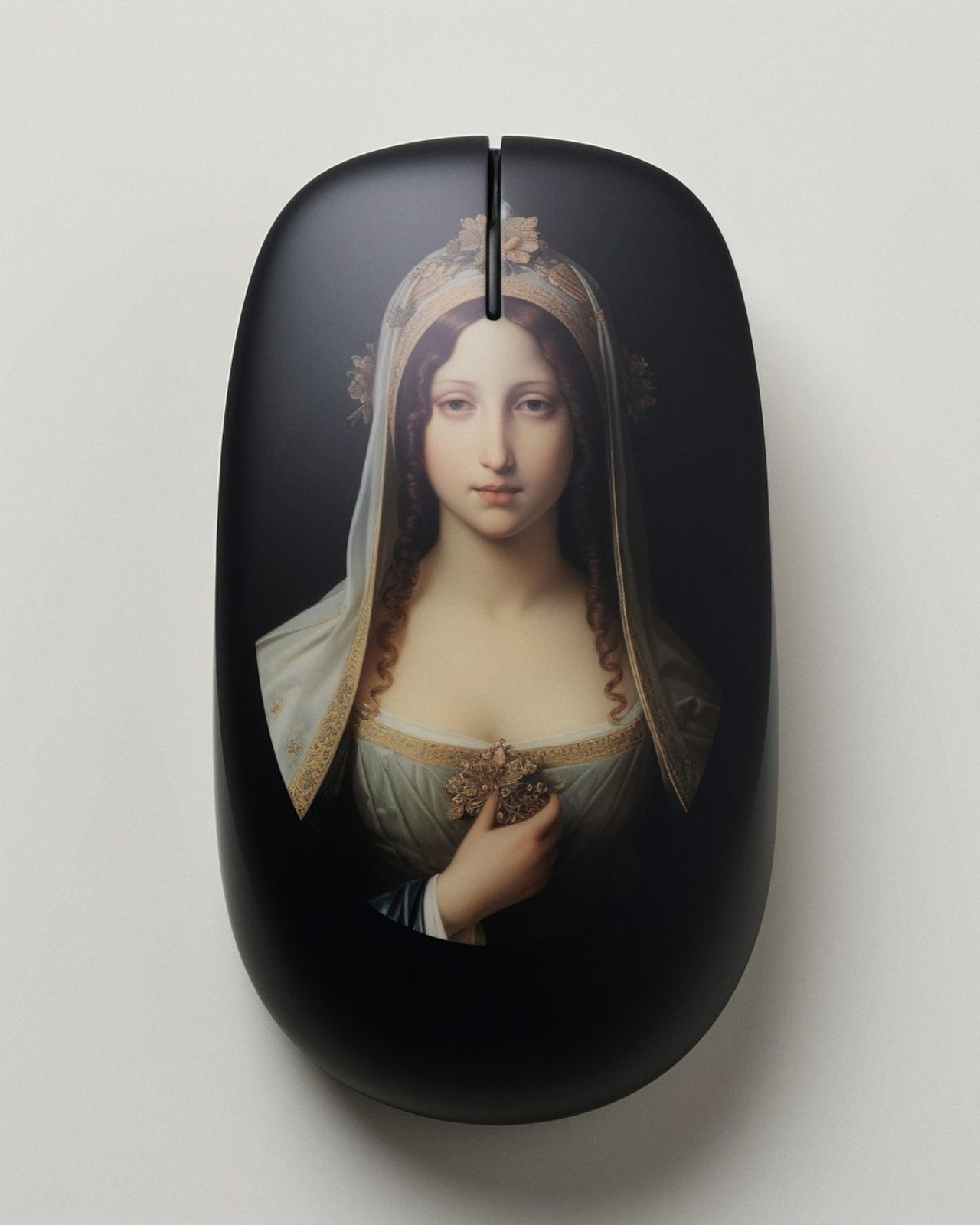
Designer: Str4ngThing
Influenced by concepts from the past, these computer peripherals draw inspiration from Renaissance-inspired designs. The mouse designs seamlessly integrates ergonomic precision with the aesthetics of a bygone era. As a result, the fusion of an old-world charm with modern functionality infuses a slice of history into the daily tools we use.
8. How About Renaissance-inspired Shoes Design?
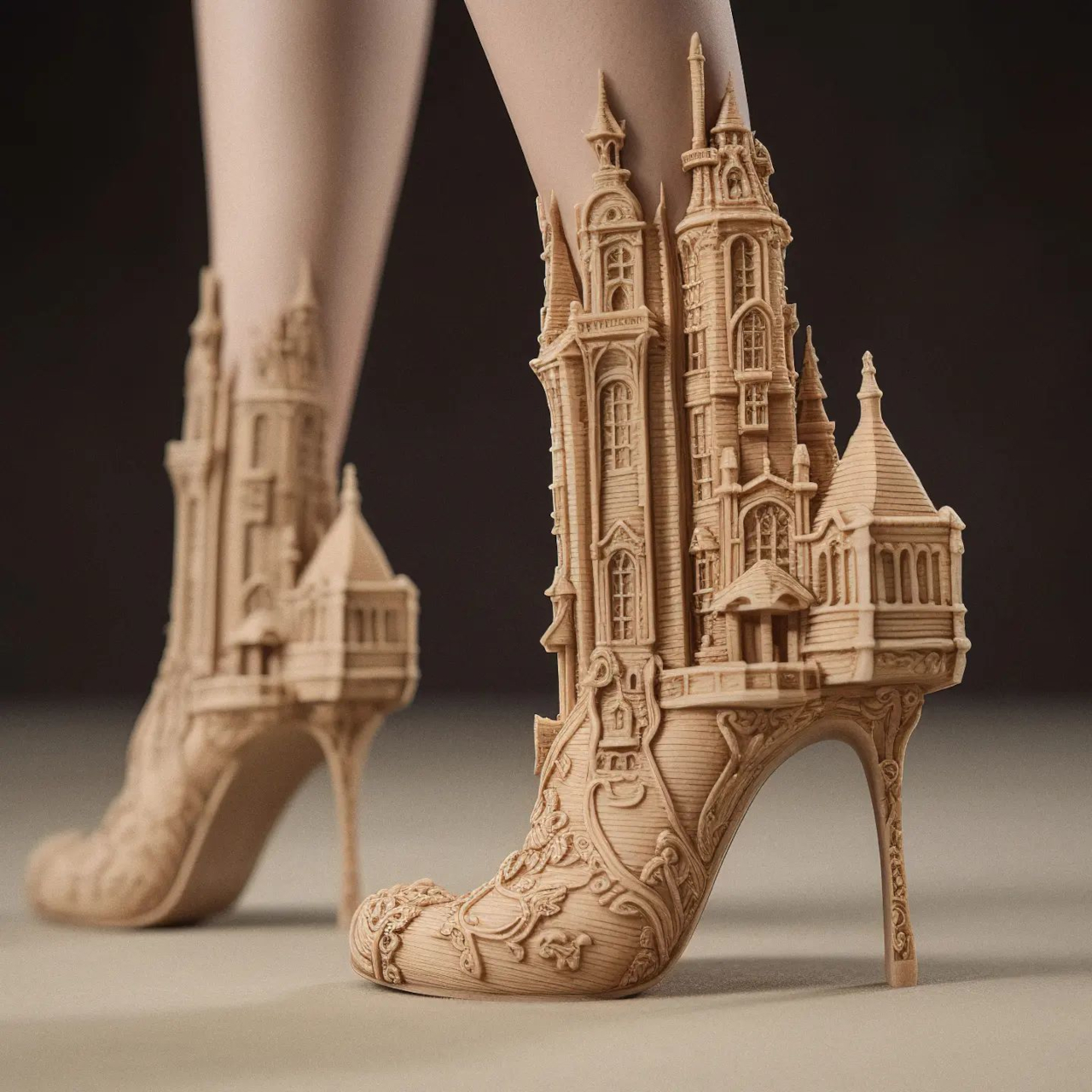
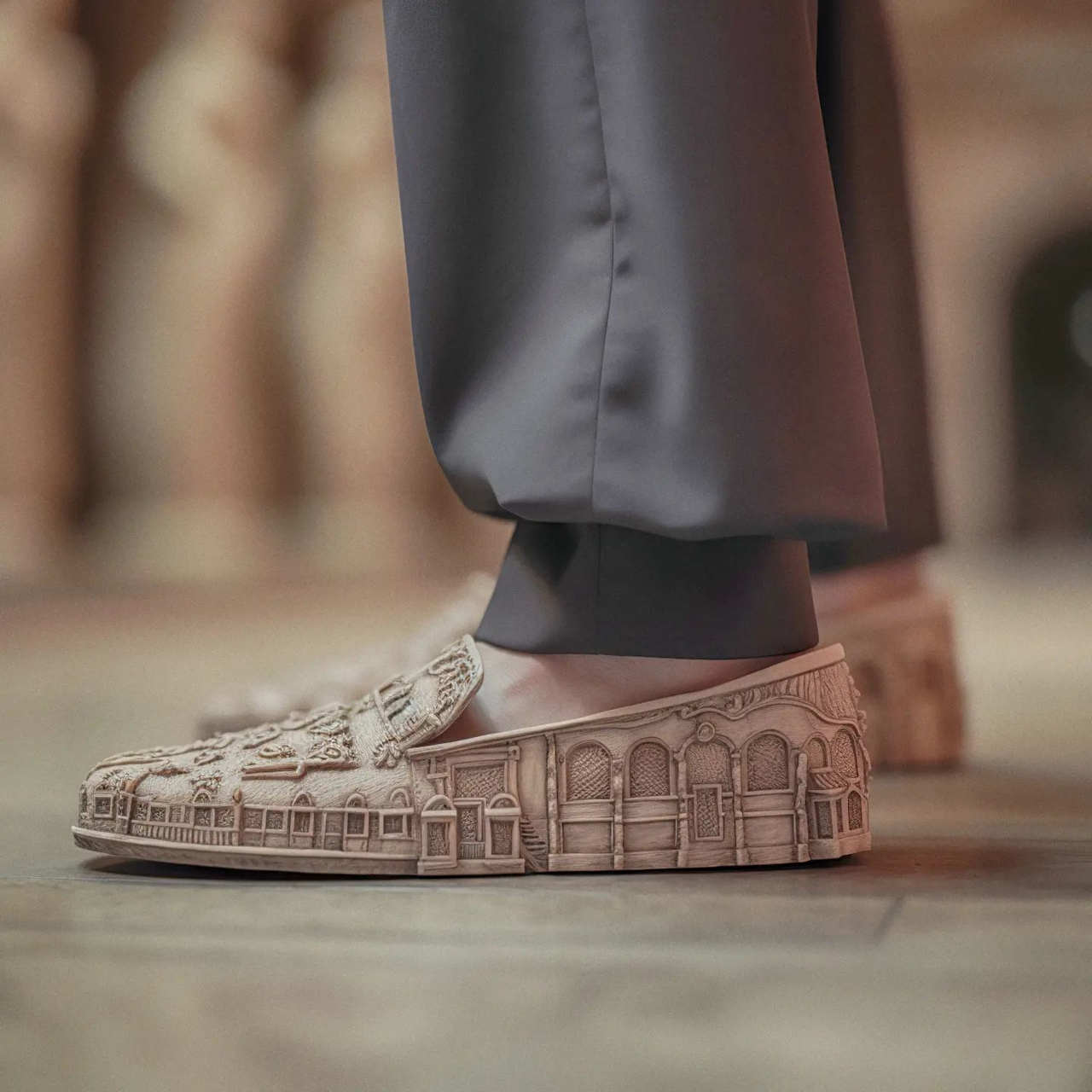
Designer: Str4ngeThing
Designed by the AI artist Str4ngeThing, this collection of footwear showcases a variety of styles intricately capturing the intricate architectural and artistic nuances reminiscent of Renaissance Architecture. Crafted to mimic the appearance of finely sliced wood veneer or cork, these shoes showcase an abundance of intricate details. While typical footwear often aligns with the “less is more” principle, these Renaissance-inspired footwear concepts challenge this norm. In contrast to the simplicity seen in Chuck Taylors, Crocs, or Christian Louboutins, these designs embrace intricate complexity. Each shoe manages to encapsulate an entire era of iconic architecture within its compact structure. Although the AI-generated images might occasionally miss certain details and incorporate assumptions, the resulting visuals remain undeniably captivating.
9. Nike x Avengers Assemble


Designer: Paul Parsons
Amid the sea of Marvel merchandise, designer Paul Parsons has conjured a creation so compelling that I’m genuinely wishing it into reality. Collaborating with MidJourney’s innovative resources, these Marvel X Nike football sneakers exude the essence of the MCU’s iconic heroes and anti-heroes. Striking a balance between sporty footwear and a tribute to comic-book protagonists, these football boots boast standalone excellence even when detached from their context. Comprising a collection of 9 distinct footwear models, each dedicated to a particular character from the Avengers filmography… along with Wolverine.
10. Futuristic Fashion Accessories
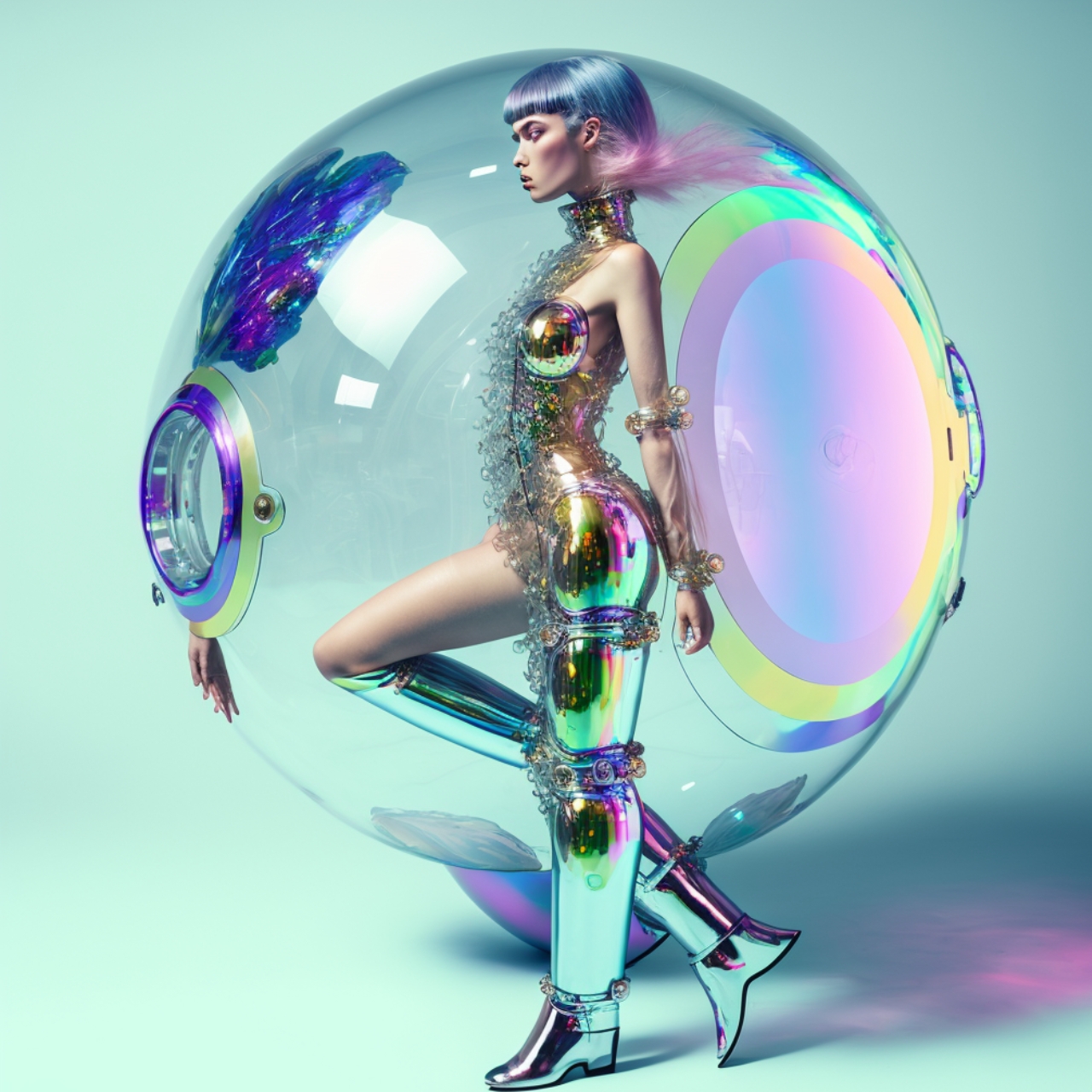
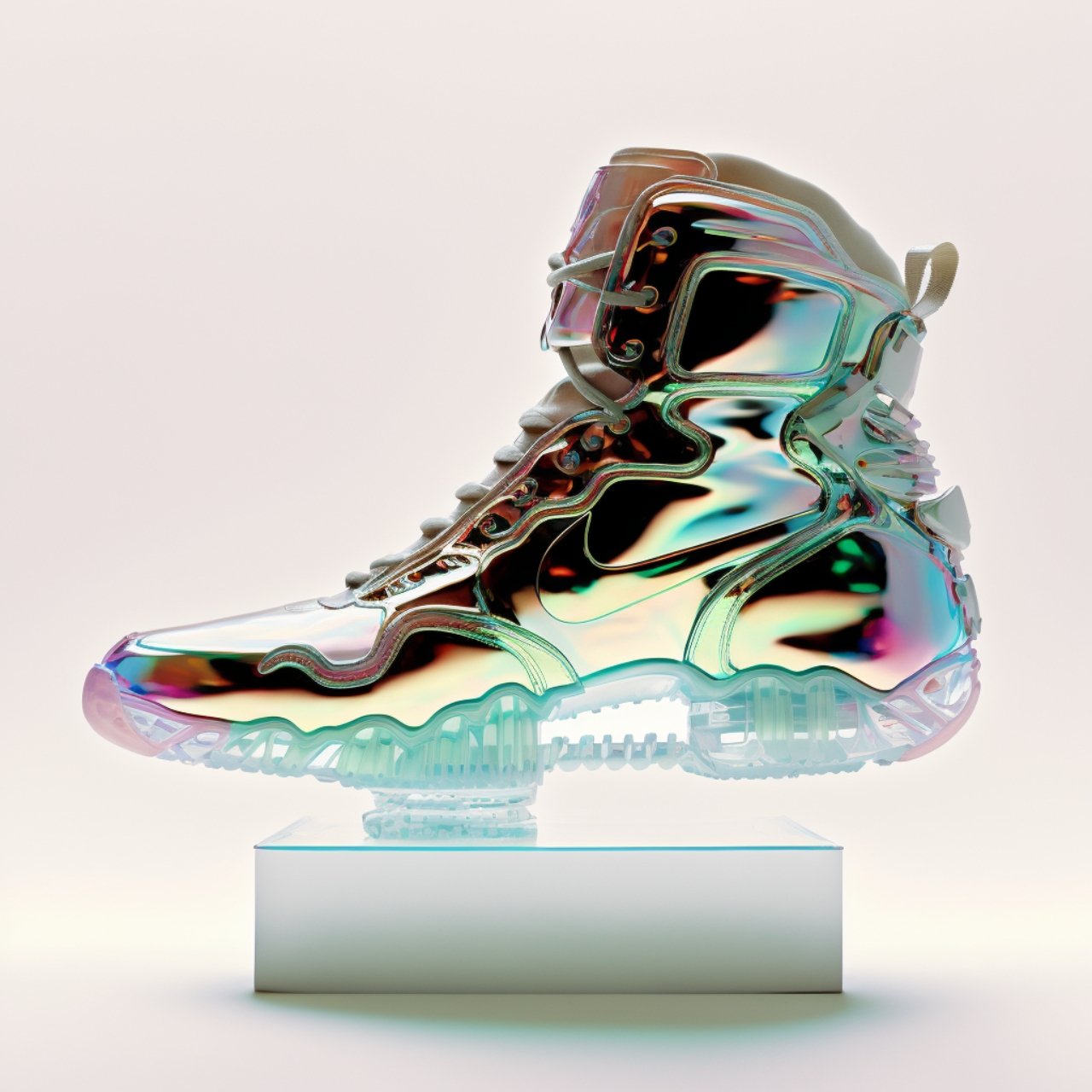
Designer: Grant Franck
South African designer Grant Franck’s AI-generated product concepts intertwine gaming, introducing a captivating visual narrative. The assortment of AI-created products, spanning sneakers, helmets, backpacks, music players, and game controllers, weaves futuristic shapes reminiscent of computer games. The designer’s intent is to distance these items from the influence of “idols” and narcissism—likely alluding to popular brands shaped around personalities, often priced exorbitantly. The collection features vibrant designs harmonizing chrome, purple, green, and transparent hues, primed for discussion if they transition to reality. However, concerns arise over practicality and durability, particularly for sneakers and backpacks due to their seemingly delicate design. These accessories prioritize aesthetics over functionality, although they undeniably attract attention. Merging gaming items with fashion resonates with gamers, providing an alternative outlet beyond their consoles when they venture outdoors.
The post Top Ten AI-Generated Concepts Elevate Product Design to New Heights first appeared on Yanko Design.
